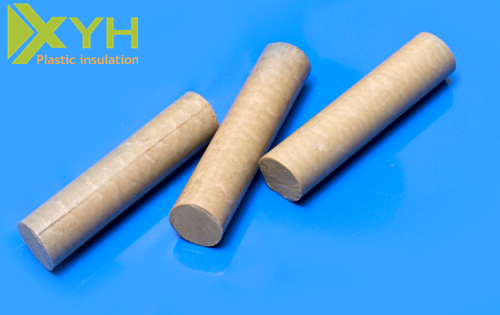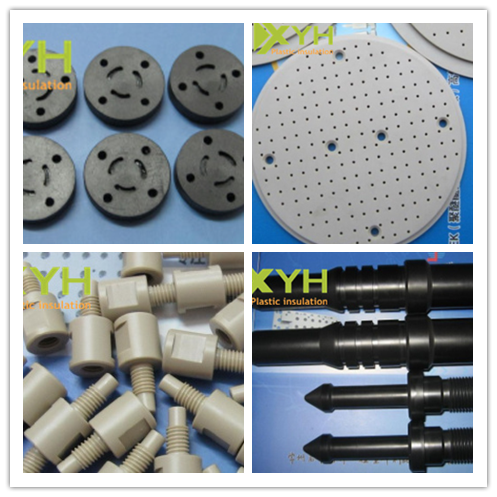The distance from the probe to the point of failure can be calculated by the following formula: S = Vt
From the above figure, we can see that when the impulse high voltage discharge fixed point, the electromagnetic wave sensor receives the electromagnetic signal radiated by the cable, and then sent to the CPU data processing, and start the counter to start counting. When the sonic probe receives a vibration wave, the data processor generates an interrupt signal to stop the counter from counting and display the distance reading from the point of failure to the probe. When the shock is discharged again, repeat the above process and refresh the previous data. After the sound wave signal is amplified by the audio amplifier, it can be monitored by the earphone, and the digital sound can be precisely determined.
If the probe is too far from the point of failure (greater than 22.6 meters) or because the acoustic signal is too weak, the probe will not receive an acoustic waveform and the digital display will be 22.6 or 22.7 meters. That is to 22.6 meters, has not received the sound wave automatically cut off the count, and shows the maximum distance of 22.6 or 22.7 meters.
High-precision cable fault locator operation instructions:
Before operating the instrument, you must read the operation manual in detail to understand the components and basic functions of the instrument. To avoid blind operation of the instrument, generally follow the following steps:
1. Connect the earphone and pick-up probe First, connect the pick-up probe and the signal input socket alignment on the side of the cabinet with a connecting cable (with aligning slot between the four-pin plug housing), and tighten the plug knob, and then plug the headset Insert the headphone jack.
2. Turn on the instrument power switch Press the power switch to switch on the power. After the power is turned on, the instrument self-test enters the state to be detected. The display is in full-band single-point recording mode.
3. Frequency band selection After turning on the power switch of the instrument, the instrument is in the single-frequency recording mode of the whole frequency band. The frequency band selection key can switch back and forth four frequency bands. Selecting the correct frequency band can better filter out the noise interference in the out-of-bounds band, and the operator can rely on the outside world. Noise conditions and their preferences choose the frequency band.
4, mode selection mode 1, single-point recording mode, in this mode, press the memory button to record a point of the sound wave intensity and electromagnetic field strength, a screen can store 9 different positions of the acoustic and magnetic signal intensity, you can These points are compared and analyzed.
Mode 2, continuous recording mode, in this mode, press the memory button to start recording the electromagnetic signal strength at this point, you can continuously monitor the electromagnetic signal intensity changes at this point.
5, sound wave and electromagnetic wave magnification adjustment sound wave adjustment knob is used to adjust the sound wave magnification, such as the need to increase sensitivity, it clockwise rotation adjustment knob, on the contrary, then counterclockwise rotation; wave adjustment knob is used to adjust the electromagnetic wave magnification If you need to improve the electromagnetic wave receiving sensitivity, turn the adjusting knob clockwise, otherwise, rotate it counterclockwise.
PEEK(polyetheretherketone)
1. Description:
PEEK(Polyetheretherketone)is a kind of heat-resistant, high performance thermoplastic special engineering plastics. It has good mechanical properties and chemical resistance, abrasion resistance, and hydrolysis resistance properties etc.; it has a light proportion and self-lubricating properties. Guangzhou ONE-STOP Engineering Plastics Factory, has studied and applied this material in many industries for many years. Due to very good processing properties, it can be filled with carbon fiber, Fiberglass and MoS2 etc. In order to improve lubrication performance and mechanical strength further.

2. Characteristics:
1. Excellent dimensional stability
2. Low coefficient of linear thermal expansion
3. Good mechanical properties at elevated temperatures
4. Good resistant to hot water and steam
5. Bearing grade PEEK has excellent wear characteristics
6. UL 94 V-0 flammability rating (0.059" thickness)
7. Very low smoke and toxic gas emissions when exposed to flame
8. Outstanding mechanical properties even at high temperatures
9.Optimized balance of stiffness, tensile strength and impact strength.
10.Continuous operating temperature up to + 260°C and briefly even up to +300°C
3. Application:
1. Seals, Gears, Fittings
2. Aerospace parts, Valve Seats,
3. Semiconductor machinery components
4. Medical instrument parts
5. Bearings and bushings (bearing grade PEEK)
6. Electrical components
7. Pump and valve components, Wafer Carriers, Piston Rings
8. Food processing machinery components.

PEEK
Peek Sheet, PEEK rod, polyetheretherketone,peek manufacturer
SHENZHEN XIONGYIHUA PLASTIC INSULATION LTD , https://www.xyhplastic.com